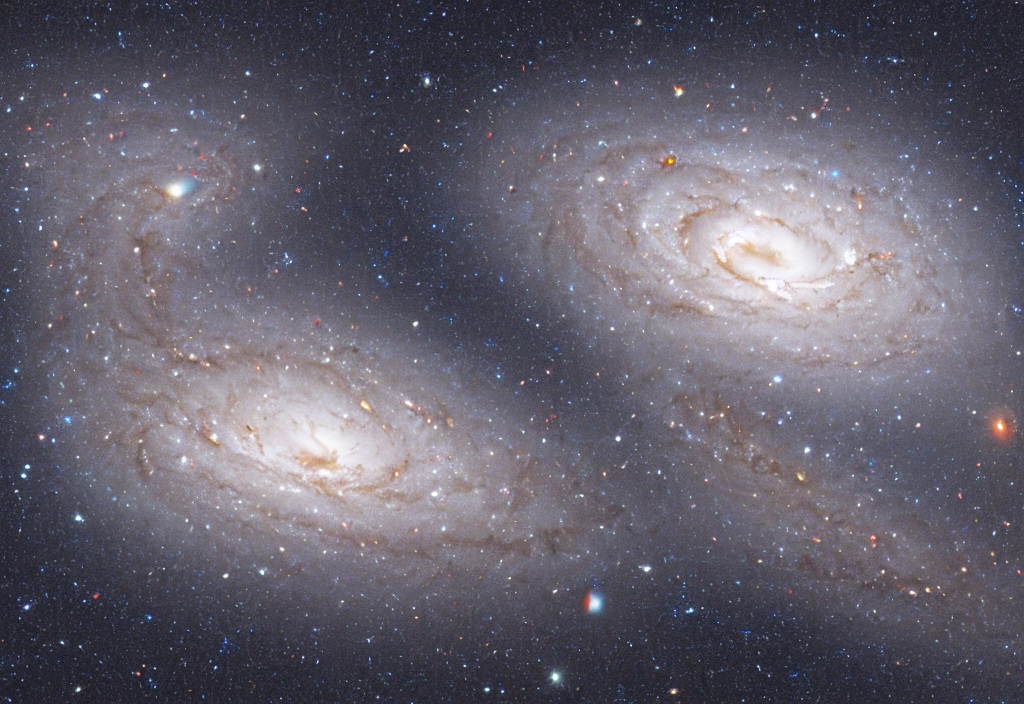Exploring Andromeda: The Latest Discoveries from the Andromeda Galaxy
2 min read
The Andromeda Galaxy, our closest galactic neighbor, has captivated astronomers and space enthusiasts for decades. With its vast expanse of stars, nebulae, and mysteries, Andromeda presents a unique opportunity to unravel the secrets of galactic evolution. In recent years, scientists have made remarkable discoveries that shed light on the nature of this cosmic wonder. Let us delve into the latest findings that have emerged from our exploration of the Andromeda Galaxy.
- Exoplanetary Treasures:
One of the most intriguing aspects of Andromeda is the existence of exoplanets within its domain. Through sophisticated detection methods, scientists have identified a rich assortment of planets orbiting stars in Andromeda. These discoveries open up possibilities for habitable worlds and potentially broaden our understanding of extraterrestrial life beyond our own galaxy. - Unveiling the Secrets of Star Formation:
Andromeda’s stellar nurseries have been a subject of intense study, and recent advancements have provided valuable insights into the process of star formation. By examining massive star-forming regions and protostellar objects, researchers have gained a deeper understanding of the mechanisms that govern the birth of stars in this galactic giant. These discoveries contribute to our broader understanding of galactic evolution. - Peering into the Heart: Andromeda’s Central Black Hole:
At the heart of Andromeda lies a supermassive black hole, a cosmic behemoth with immense gravitational influence. Recent research endeavors have focused on comprehending the properties and dynamics of this enigmatic entity. Through precise measurements of its mass and detailed observations of its surrounding environment, scientists have gained new insights into the role of central black holes in galactic evolution. - Mapping the Galactic Magnetic Landscape:
Magnetic fields play a crucial role in shaping galaxies, and Andromeda is no exception. By employing advanced mapping techniques, researchers have made significant progress in understanding the magnetic fields within Andromeda. These magnetic structures have profound implications for star formation, the dynamics of interstellar matter, and the overall evolution of the galaxy. - Unlocking Andromeda’s Past: Stellar Populations:
Andromeda’s stars provide a window into the galaxy’s history and formation. Recent studies have focused on characterizing the stellar populations, including their ages, chemical compositions, and spatial distributions. These findings enable scientists to construct a timeline of events that have shaped Andromeda, allowing for a deeper understanding of galactic evolution on a grand scale.
The exploration of the Andromeda Galaxy has yielded a wealth of new discoveries, enhancing our understanding of the universe and our place within it. The exoplanetary treasures, insights into star formation, investigations of the central black hole, mapping of magnetic fields, and exploration of stellar populations all contribute to a comprehensive picture of Andromeda’s past, present, and future. As our exploration continues, these findings serve as a testament to the vastness of the cosmos and the boundless opportunities for scientific inquiry that lie beyond our home galaxy.



